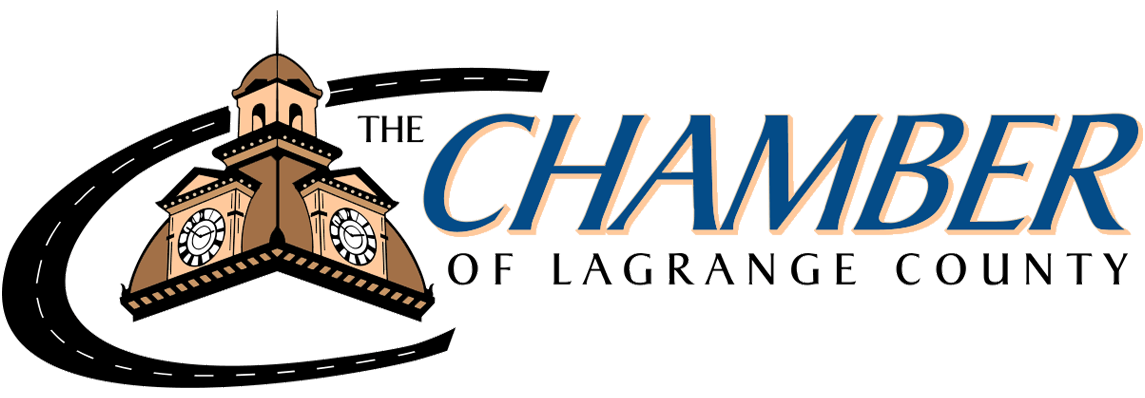Coffee with the County - Transportation Matters Now More Than Ever
Have you ever found yourself complaining about roads?
Did I catch your attention? I find it a bit comical how much people have to say about the condition of roads. Even more so, it is funny to hear people compare roads from state to state. “Well, these may be bad, but have you ever been to [insert state here]? Their potholes are the size of Texas!”
I’d bet that all of us have something we can say about the condition of our roads. The truth is, infrastructure–roadways, broadband, and utilities–matter now more than ever. Did you know that, because of the recent growth of technology over the past couple of decades, information on the internet now is considered to travel at the speed of light? Information is so readily available, and our world is moving faster now than ever before.
When we consider the business community, the movement of information, goods, and services is growingly significant, because it is now competing not just for business, but for connection to a marketplace that moves at the speed of light. Let’s talk transportation.
- North American transborder freight rose 8.4% from March 2024 to March 2025, totalling $144.8 million in freight moved.
- Truck freight moved $94.2 billion of freight in March 2025, as compared to March 2024.
- Truck freight accounts for more dollars moved than rail, pipeline, vessel, and air combined.
How do trucks move in and out of our community to move the products and services of our local economy? Our roads. Our roads matter. Allow me to introduce you to the two local leaders making a difference in how our economy moves on the roads.
Tharon Morgan, the LaGrange County Engineer, manages, organizes, and directs county-wide road projects. This can include roadway management (from filling holes to grading dirt roads), culvert management, and bridge maintenance.
Aaron Fugate, the LaGrange County Highway Supervisor, manages his highway team to oversee these projects. His team repairs county roads, bridges, and culverts. They’re the ones you see in large county trucks repairing roads and plowing snow. They’re on the roads, ensuring that transportation is always possible in LaGrange County.
Why do I share this? Because it’s important to consider the processes and projects behind and in front of our road complaints. The beauty is within the last several years. Granted, we’ve always had folks working to ensure business happens and infrastructure is available in our communities. However, I think it’s more than fair to give a good pat on the back to Tharon, Aaron, and their teams. Since they’ve come on board, highway grant dollars have been received and brought into our local infrastructure. Bridges have been repaired and culverts updated to ensure sustainability of roadways. Roads that haven’t always received the attention they deserve have seen much-needed repair and management. Aaron’s and Tharon’s teams are doing the work and making the difference.
Why is this important? I’ll go back to a statement I made before–transportation and infrastructure matters now more than ever before. Information and the marketplace are moving at such rapid speeds that our local businesses and entrepreneurs must identify how to keep up with the pace while maintaining and growing success. The roads are needed for freight trucks coming in with supplies or exiting out with local products. Vehicles (gas- and horse-powered alike!) need the roads to get to work, the store, the hardware, and to family and friends. We need roads that will be endured for generations.
Before we considering voicing a frustration about the state of our roads, consider a few things:
- How can I consider the process? Attend a county commissioner or county council meeting to learn how the county engineer and the county highway department projects are funded, granted, and bidded out. Learn about the process by asking questions. Research and learn about county government and infrastructure. The truth is, these projects don’t happen overnight, but our leaders are working on them. Understand before speaking.
- How can I be a part of the solution? Did you know that there is a link on the county highway department website to report a road or bridge issue? The truth is, as great as our local leaders are, they aren’t able to be in all places at all times. Consider lending a helping hand by reporting issues you come across (and report these issues with grace, of course!). Call the department at 260-499-6353. Divert your commute away from road construction instead of driving through it, allowing our highway department to complete projects in a timely manner. We can be a part of the solution, when we pause and consider.
Transportation–our roads, our local transportation methods, and the like–matter now more than ever. We need our roads to be successful, to be business friendly, and to be connected. When you drive down a bumpy road or see an issue out on a county road, consider how you can lean in to be a part of the solution. Together, we’ll ensure that LaGrange County is a great place to live, work, and enjoy for generations to come.
Source:
- Bureau of Transportation Statistics
- Yale News





